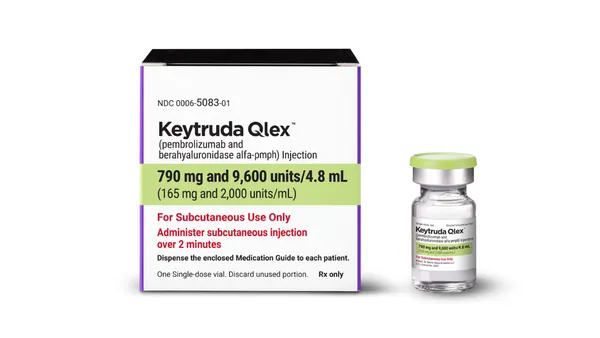Finding the Female Voice The Creative Process With the short lives of pharmaceutical brands and the increasing number of female influencers, finding the female voice becomes a critical factor in the impact your brand has on the market. Marcee Nelson, Executive VP/Executive Creative Director There is untapped potential for pharmaceutical brands to activate the influence of women healthcare providers (HCPs), patients, and caregivers. You Know You Need Her Today she’s one of every four physicians, and by 2025 she’ll represent half of all healthcare practitioners. She’s a prescribing nurse practitioner, physician assistant, or nurse, and she spends more time on average with her patients than doctors do. As a patient and caregiver, she influences 75% to 80% of healthcare decisions for her household and controls dollars estimated at more than $1.2 trillion. She is twice as likely as a man to research health issues online. She seeks more health services, is more informed, and leads the trends on whole health and wellness. But Does She Need You? In the pharmaceutical category, the value of female influence is frequently underestimated, and marketing to women is often weakened by assumptions, generalizations, and compromises — missed opportunities that block a brand’s power to connect and create momentum. Getting to, and understanding, the right insight is key, but it’s the translation of that insight — the voice in which a brand speaks — that will make or break the connection. Finding the female voice means following one simple principle: to connect with women in a way that is meaningful, a brand must communicate more like a woman. When marketers observe how women interact with others, they’ll discover clues to finding the female voice all around them. Here are just a few of the behavioral, social, and psychological differences in how women communicate. Communication difference: Women read body language closely and can more accurately gauge sincerity and interest. They notice not just what is being said, but how it is being said, and are more sensitive to the balance of a conversation. Is there fair give and take or is one person doing all the talking? Clue for your brand: Is your brand “conversation” a dialogue or a monologue? Metaphors and mnemonic devices that “act out” a product’s benefits may feel like a one-sided conversation. Simply designing the message to “look feminine” may feel superficial and therefore less sincere. Communication difference: Women are more receptive to less direct, more intuitive messages. When sharing stories, they want to know the details — not just what happened, but what was felt. A direct route to the bottom line can leave them feeling unsatisfied and disconnected. Clue for your brand: In the pursuit of truthfully presenting the science, are you too “bottom line” in your message? A literal, straightforward message may not elicit the emotion that connects with female influencers. That doesn’t mean that women don’t want news and information. It means they just want it delivered in a way they can feel. Communication difference: Women are oriented toward others and are relationship focused. They form support networks of friends, family, and colleagues. And when making decisions, they use their networks for confirmation. Clue for your brand: It’s not a woman-brand relationship; it’s a women-brand relationship. As cultural trend analyst Faith Popcorn observed, “women don’t buy brands, they join them.” Are you creating or enabling community through your brand? What About the Man in the Middle? Healthcare decisions involve HCPs, patients, and caregivers who are not all women, of course. The objective of finding the female voice is not to highlight a gender gap, but to bridge it. A relationship-focused female voice can help connect the circle of decision makers around a brand. It can guide the patient/HCP dialogue to better meet expectations on both sides. It can personalize patients to increase the compassion of HCPs. It can be the voice that helps physicians reach out to enhance their relationships with patients. Make Her a Vocal, Viral Advocate There aren’t many healthcare decisions today that aren’t at least partially influenced by women. With the short lives of pharmaceutical brands and the increasing number of female influencers, finding the female voice becomes a critical factor in the impact your brand has on the market. When your brand finds its female voice, you won’t have to wait and wonder. You’ll get response — an emotional response. And you’ll see movement. Because when you win her, you’ll also win her colleagues, her sisters, her mother, her friends. Find the female voice and you won’t have to sell her. She’ll sell you. GSW Worldwide, Westerville, Ohio, a global advertising agency, is a part of the inChord Communications division of Ventiv Health Inc. For more information, visit gsw-w.com. Editor’s Note: Marcee Nelson also is the creator of Pink Tank, a marketing-to-women expertise within GSW Worldwide. Pink Tank comprises a community of brand counselors, experts in healthcare and consumer advertising, psychology and patient advocacy, who specialize in transforming women-driven and women-influenced products into magnet brands. March 2006 VIEW on Advertising
An article from


Finding the Female Voice
Filed Under:
Commercialization









